Learning the Hard Way
On February 11, 2009, Iridium 33, one of the company’s first-generation satellites, was serving network traffic when it suddenly stopped responding.
Its crosslinks appeared to stop working and no “pulse” was detected by the team at the Iridium Satellite Network Operations Center (SNOC). After ruling out all other possibilities, Iridium engineers determined that the only possible explanation was a collision in space. Further investigation revealed that a defunct and uncontrolled Russian satellite, Kosmos 2251, had crashed into Iridium 33.
This event sent reverberations throughout the space industry. Nothing like this had ever happened in the history of space. The idea of space as a vast empty frontier, where 30 kilometers is considered “close”, quickly shrank in size to a point where mere inches mattered. At the time of the collision, conjunction data provided to Iridium did not even list the Kosmos satellite as one of the top threats that week, and the specificity of potential conjunction locations were within a kilometer or so. This meant that a satellite operator would not know if it were moving its asset out of the way, or potentially into the path of the approaching object.
The entire space industry learned a valuable lesson from the Kosmos-Iridium crash, resulting in significant advances in the sharing of conjunction data and increased visibility across the satellite industry regarding who had what assets and where they were in space.
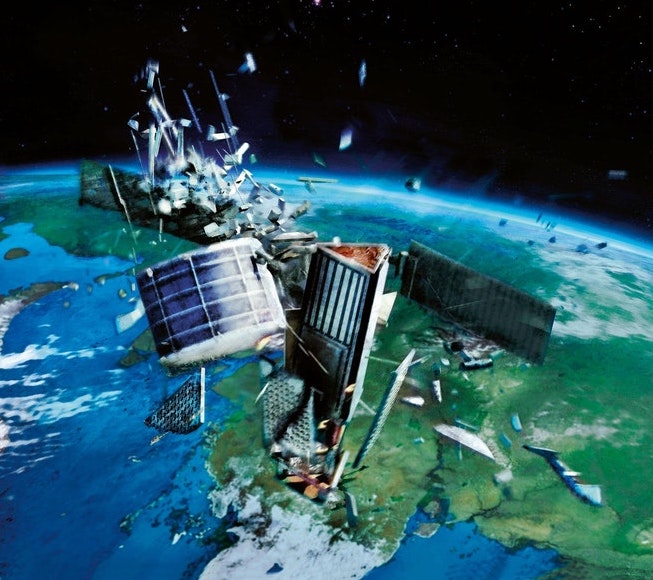
A Crash Course in Space Tracking
Following the jolting 2009 crash, Iridium identified a need for better monitoring of all objects in space, as well as management and mitigation of space debris. Iridium engineers worked closely with the Combined Space Operations Center (CSpOC), a coalition of NASA, the U.S. Air Force, and the U.S. government to develop best practices for space operations and satellite end-of-life disposal that would help prevent the launching of potential debris or “space junk”.
Iridium also helped to develop the space catalog, a public resource used to track all space debris. Iridium, as well as other satellite owners and operators, can utilize the catalog to prevent collisions. The classification and tracking of orbital debris have greatly improved since 2009, and firm guidelines are now in place to determine the best course of action if debris becomes a threat to a spacecraft. Iridium continues to maintain a close relationship with CSpOC.
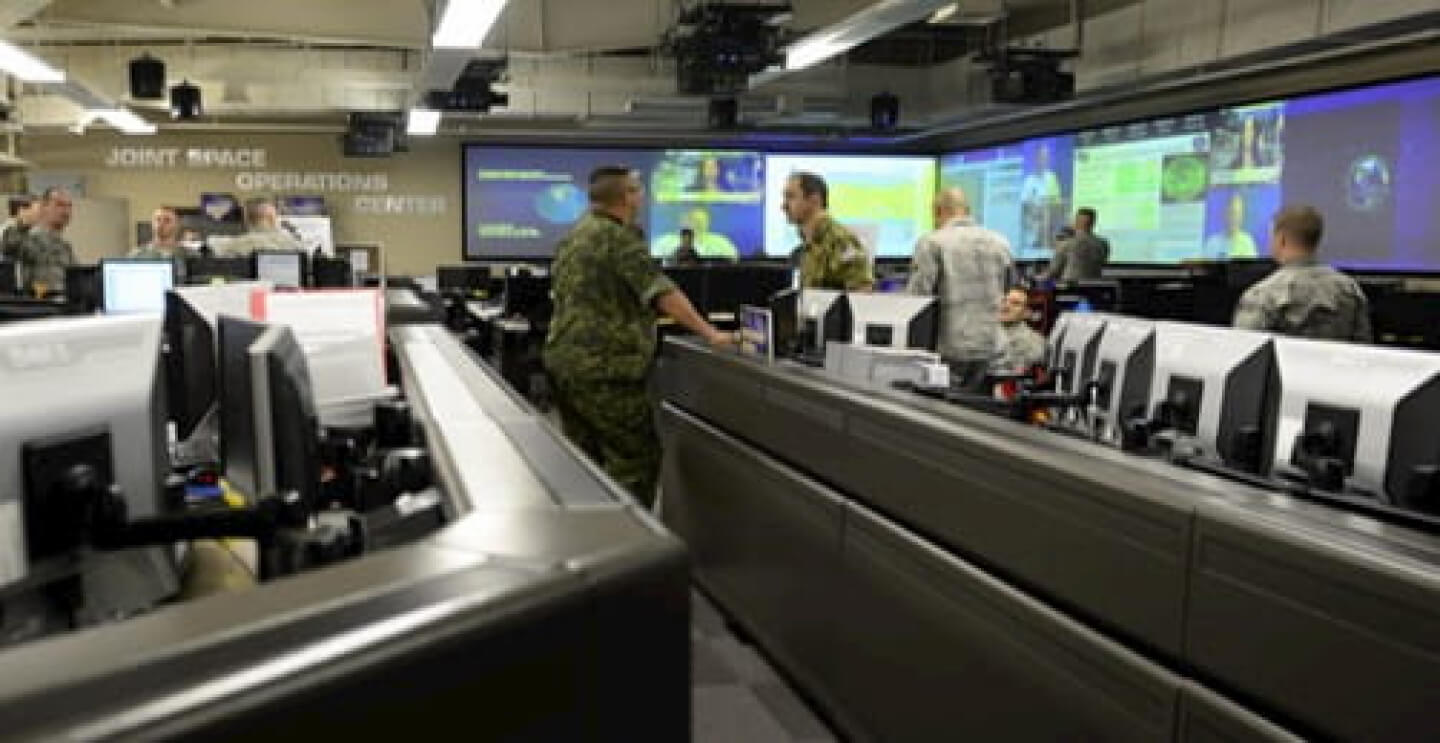
Leading the Charge
Iridium also participated in the Commercial Integration Cell pilot program at CSpOC alongside five other commercial satellite operators, working with U.S. military personnel to enhance situational awareness in space. The pilot program, which operated under Cooperative Research and Development Agreements and was approved by the Air Force Research Lab, aimed to improve conjunction assessment and space object catalog maintenance, identify on-orbit anomalies, and increase the overall resilience of satellite operations. The program had a particular emphasis on exploring IoT applications for the exchange of ephemeral data, such as spacecraft position and direction, and participating in different exercises.
Additionally, Iridium developed relationships with the Conjunction Assessment Technical Advisory Council (CATAC), and the Center for Orbital Debris Education and Research (CODER) to monitor and share space traffic data, as well as educate and influence other organizations on the importance of space situational awareness.
These types of close coordination have spread throughout the industry, and they have resulted in high fidelity conjunction data, allowing Iridium and other operators with thrusters on their satellites the ability to avoid any potential close calls.
Deorbiting Block 1
Iridium’s commitment to keeping space clean extended to the replacement of the first-generation constellation. As part of the largest technology refresh in space, Iridium developed and implemented a deorbit program to ensure space was safe and sustainable for future generations.
The engineers at Iridium’s Satellite Network Operations Center (SNOC) meticulously ensured that each satellite being replaced was deorbited in an efficient, cooperative, and responsible manner. Satellite Vehicle (SV) 40 was the first Iridium satellite to be replaced, making it the first to begin the deorbit process, which comprised a series of highly choreographed technical maneuvers that “swapped” in a second-generation satellite for the legacy one, all while maintaining service for Iridium’s customers.
After the “slot swap”, the legacy satellite was lowered into a storage orbit about 15 kilometers below the operational constellation until deorbit. To begin deorbit, the skilled operations team sent the satellite commands to make thruster burns, use up any remaining fuel, and configure it for end-of-life. Then, the satellite signs off and begins its descent towards the earth’s atmosphere, which typically took anywhere from a few weeks to a few months, before it burned up on reentry.
Fun Fact
Once the final commands for deorbit were sent to the Block 1 satellites, SNOC engineers would create a tombstone for the “fallen” satellite. A satellite “graveyard” could be found in the engineers’ break room.
In recognition of the company’s continued leadership, Iridium received the 2019 Space Stewardship Award as part of that year’s SpaceNews Readers’ Choice Awards. SpaceNews established the Awards in 2016 to honor the well-known champions and the unsung heroes in the global space industry. Selected by more than 40,000 votes, the award highlighted the importance of responsibly de-orbiting the first-generation Iridium constellation.
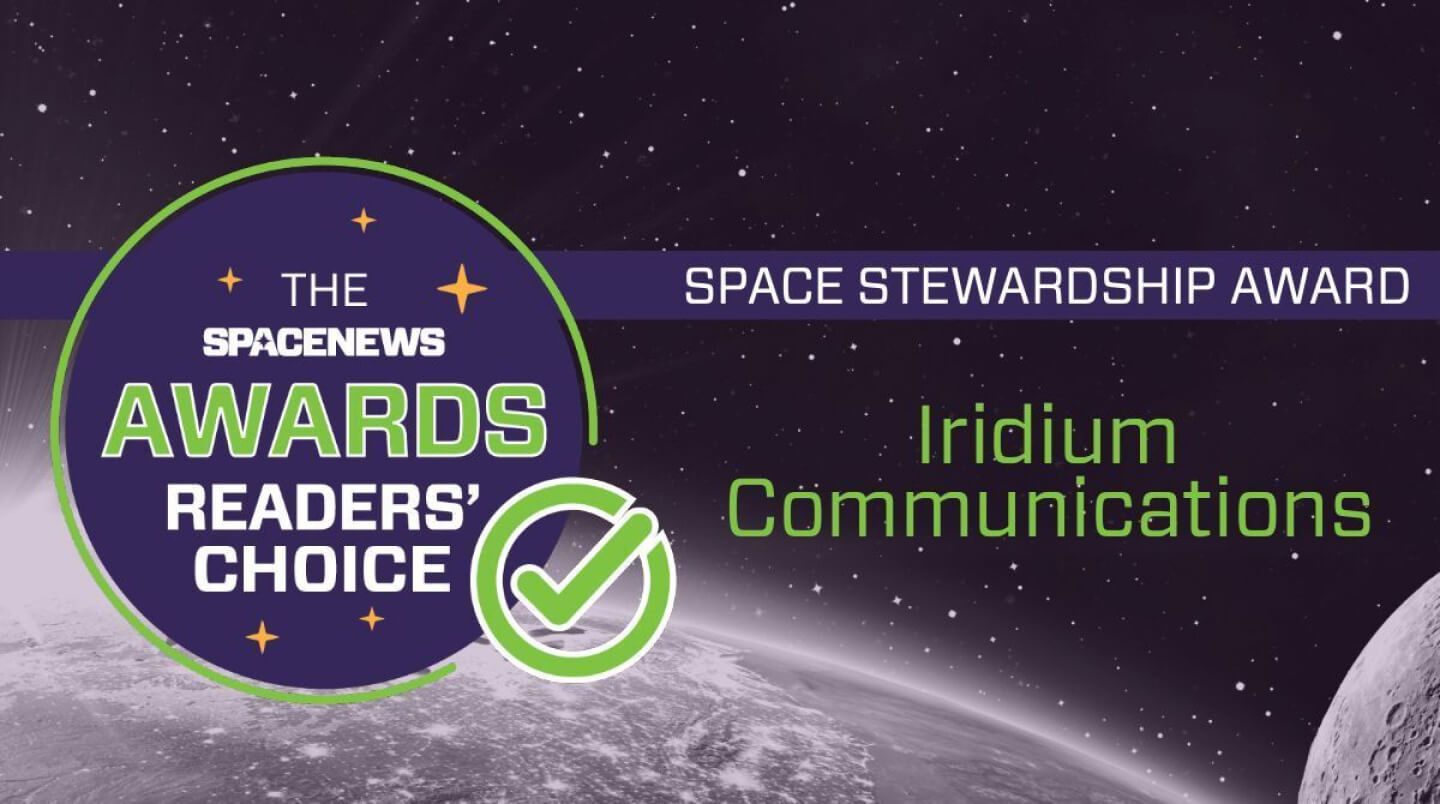

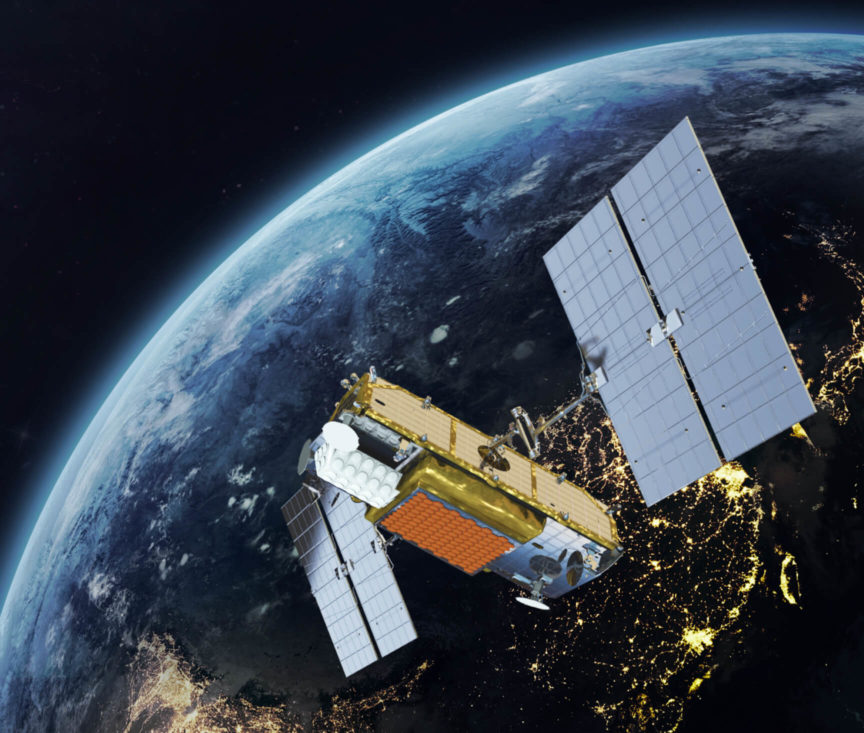
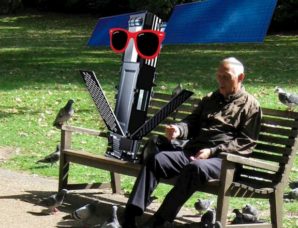


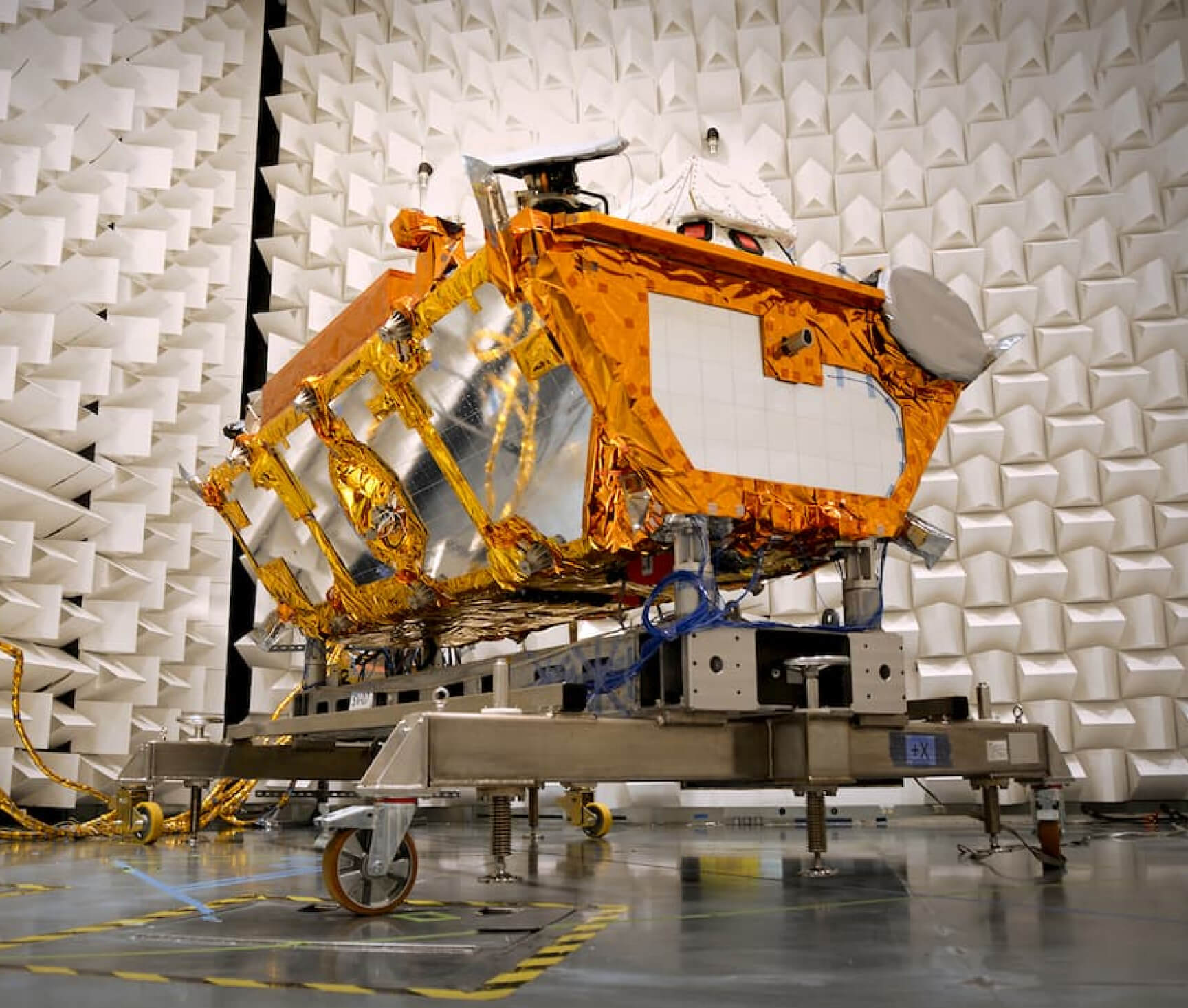

Iridium is committed to keeping space clean and serving as a leader for other organizations when it comes to being a responsible steward of space. Learn more about our commitment to sustainability on our Corporate Social Responsibility webpage.